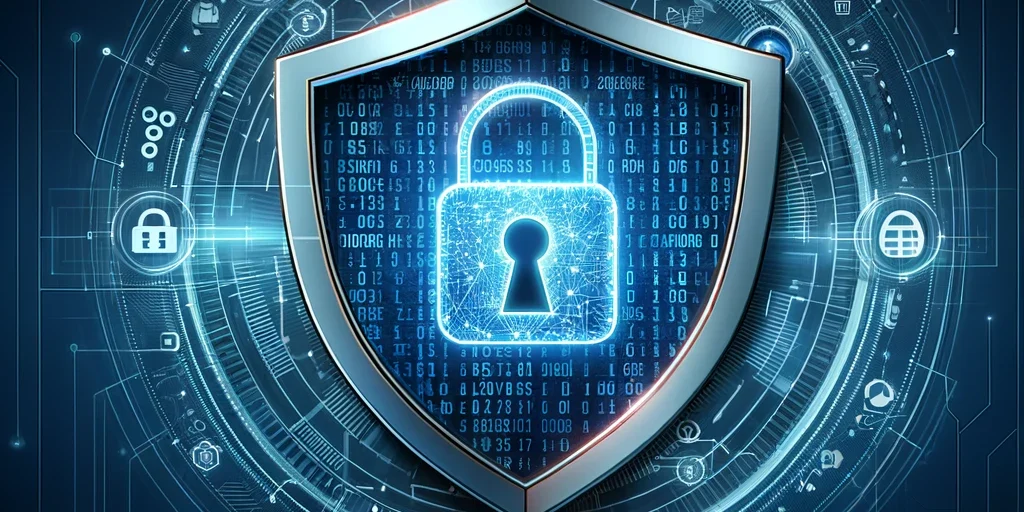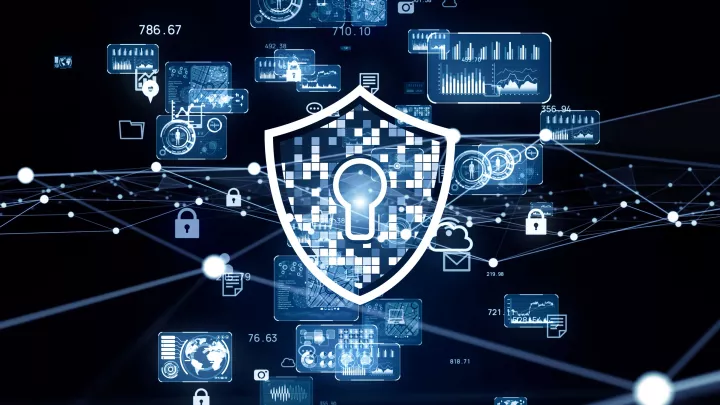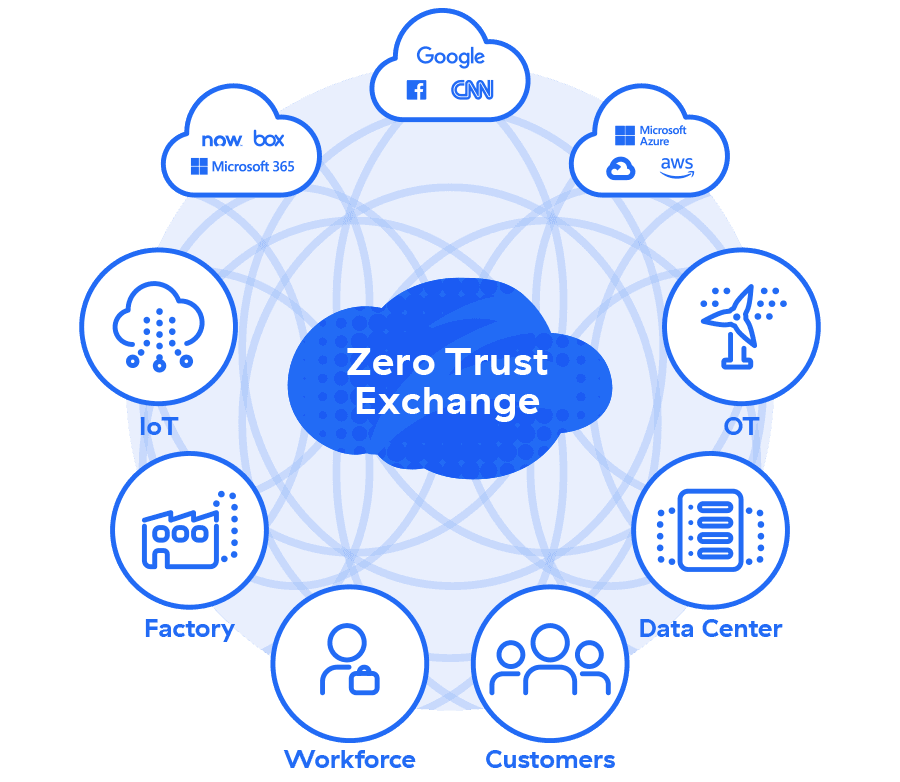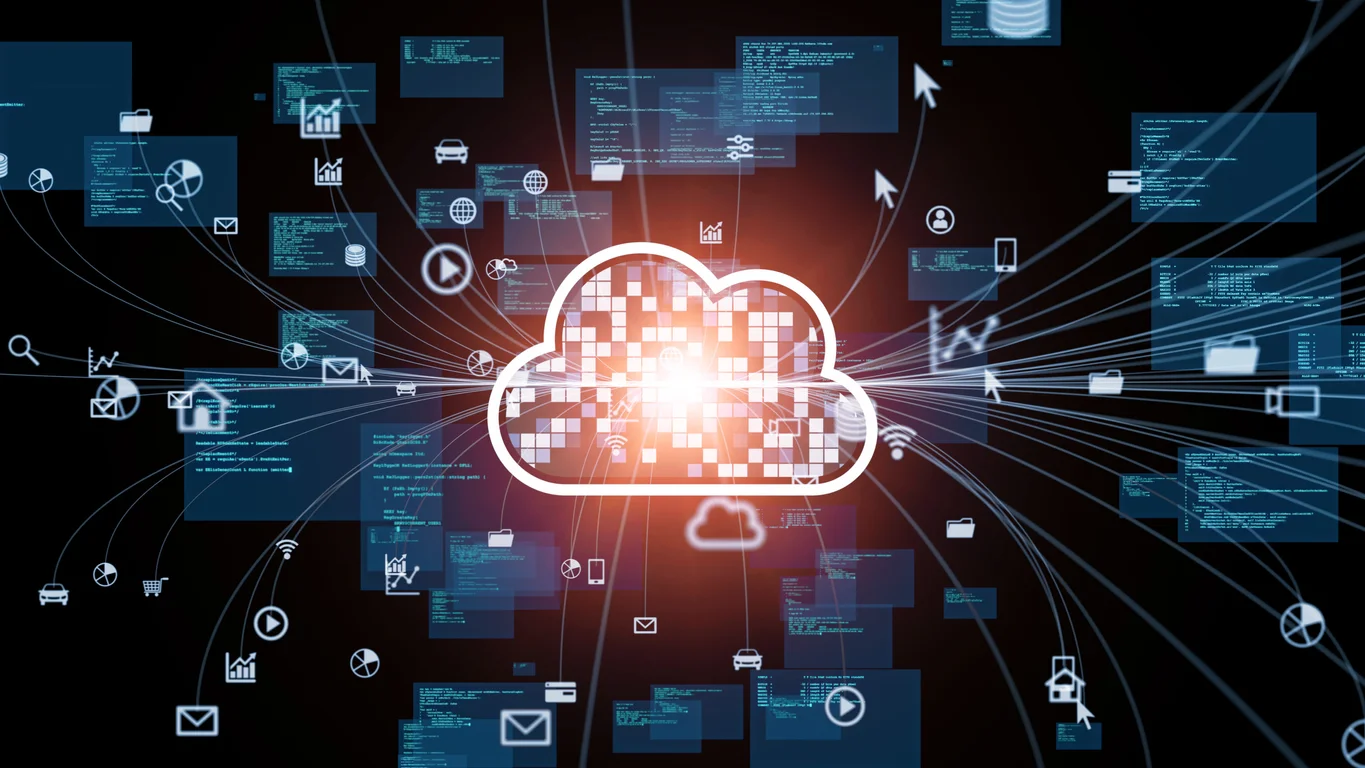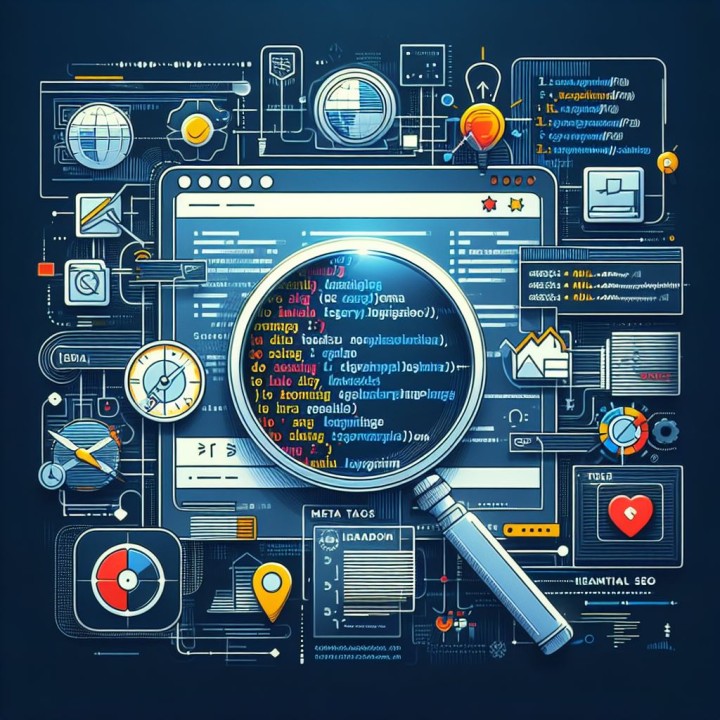Cybersecurity Trends
In an increasingly digital world, cybersecurity has become a critical concern for businesses and individuals alike. At SparkScribe Technologies, we are dedicated to staying ahead of the curve in cybersecurity. In this blog post, we will explore the latest threats and cybersecurity technologies, the rise of zero-trust security models, and the impact of quantum computing on encryption and data security
Latest Threats and Cybersecurity Technologies
Cyber threats are constantly evolving, becoming more sophisticated and challenging to defend against. Understanding the latest threats and the technologies designed to combat them is essential for maintaining robust security.
1. Ransomware Attacks
Ransomware continues to be a major threat, with attackers encrypting victims' data and demanding payment for decryption keys. High-profile incidents like the Colonial Pipeline attack highlight the devastating impact of ransomware on critical infrastructure and businesses.
2. Phishing and Social Engineering
Phishing attacks, where attackers trick individuals into providing sensitive information or downloading malicious software, remain prevalent. Social engineering tactics are increasingly sophisticated, making it harder for individuals to recognize fraudulent communications.
3. Advanced Persistent Threats (APTs)
APTs are prolonged and targeted cyberattacks where intruders remain undetected within a network to steal data over time. These attacks are often state-sponsored and target critical sectors such as government, finance, and healthcare.
4. Internet of Things (IoT) Vulnerabilities
The proliferation of IoT devices has introduced new security challenges. Many IoT devices lack robust security features, making them vulnerable to attacks that can compromise entire networks.
5. AI and Machine Learning in Cybersecurity
Artificial intelligence (AI) and machine learning are becoming integral to cybersecurity, enabling more effective threat detection and response. AI-powered tools can analyze vast amounts of data to identify patterns and anomalies indicative of cyber threats.
Rise of Zero-Trust Security Models
The zero-trust security model is gaining traction as a proactive approach to cybersecurity. Unlike traditional security models that rely on perimeter defenses, zero-trust assumes that threats can originate both inside and outside the network.
1. Core Principles of Zero-Trust
Zero-trust security is based on the principle of "never trust, always verify." This means that every user, device, and application must be authenticated and authorized before accessing network resources. Continuous monitoring and validation of user activities are essential components.
2. Microsegmentation
Microsegmentation involves dividing the network into smaller, isolated segments to minimize the potential damage from a breach. Each segment has its own security controls, making it harder for attackers to move laterally within the network.
3. Identity and Access Management (IAM)
IAM is critical in a zero-trust environment. It ensures that only authorized users have access to specific resources. Multi-factor authentication (MFA), single sign-on (SSO), and role-based access control (RBAC) are key IAM practices.
4. Endpoint Security
With the rise of remote work, securing endpoints—devices that connect to the network, such as laptops and smartphones—is more important than ever. Endpoint detection and response (EDR) solutions help monitor and protect these devices against threats.
5. Continuous Monitoring and Analytics
Continuous monitoring and analytics enable real-time visibility into network activities. Security Information and Event Management (SIEM) systems collect and analyze data from various sources to detect and respond to security incidents promptly.
Impact of Quantum Computing on Encryption and Data Security
Quantum computing holds great promise for solving complex problems, but it also poses significant challenges for current encryption methods.
1. Quantum Computing Overview
Quantum computers leverage the principles of quantum mechanics to perform computations at speeds far beyond traditional computers. This capability can revolutionize fields like cryptography, drug discovery, and material science.
2. Threat to Encryption
Many of today's encryption methods, such as RSA and ECC, rely on the difficulty of factoring large numbers or solving discrete logarithms—problems that quantum computers can solve efficiently. This potential ability threatens the security of encrypted data, making it vulnerable to decryption by quantum attacks.
3. Post-Quantum Cryptography
To mitigate this risk, researchers are developing post-quantum cryptography algorithms that are resistant to quantum attacks. These new cryptographic methods aim to secure data against the computational power of quantum computers.
4. Quantum Key Distribution (QKD)
QKD is a technique that uses quantum mechanics to securely distribute encryption keys. Any attempt to intercept or eavesdrop on the key exchange will disturb the quantum states, alerting the parties to a potential breach. QKD promises unbreakable encryption by leveraging the principles of quantum physics.
5. Preparing for the Quantum Era
Organizations must start preparing for the quantum era by staying informed about advancements in quantum computing and post-quantum cryptography. Implementing quantum-resistant algorithms and updating security protocols will be crucial for future-proofing data security.
Conclusion
The cybersecurity landscape is continually evolving, with new threats and technologies emerging at a rapid pace. Adopting advanced cybersecurity technologies, embracing zero-trust security models, and preparing for the impact of quantum computing are essential steps for safeguarding data and systems. At SparkScribe Technologies, we are committed to staying at the forefront of cybersecurity trends and innovations. Stay tuned to our blog for more insights and updates on the latest developments in cybersecurity.



